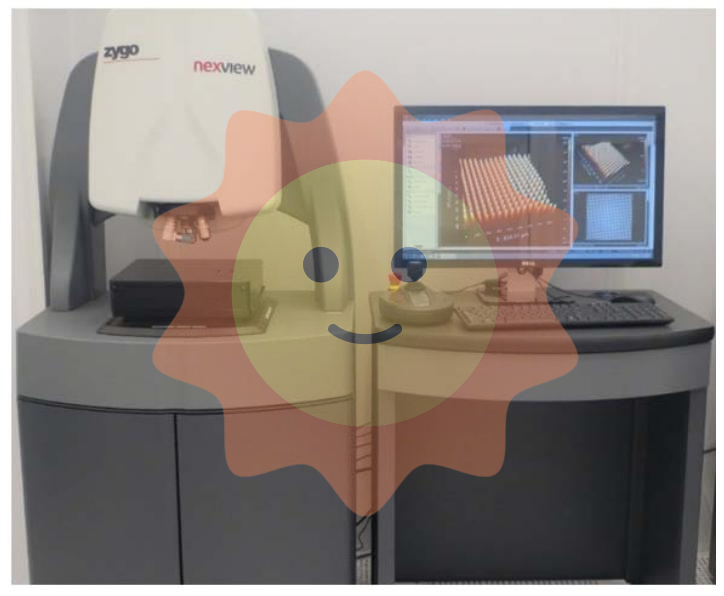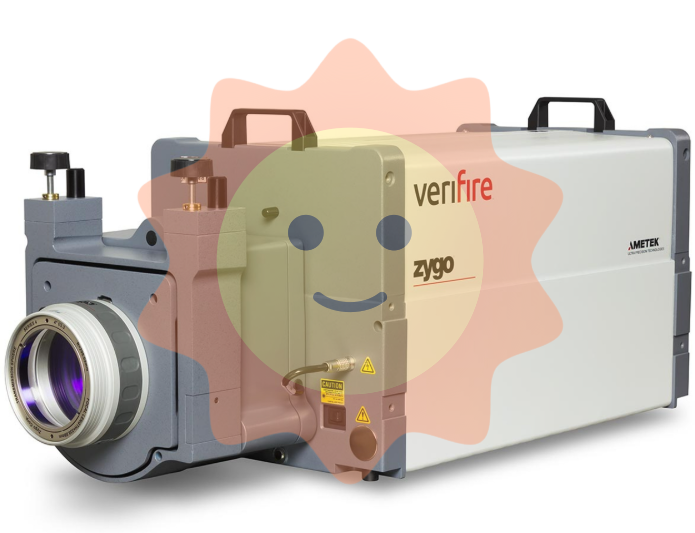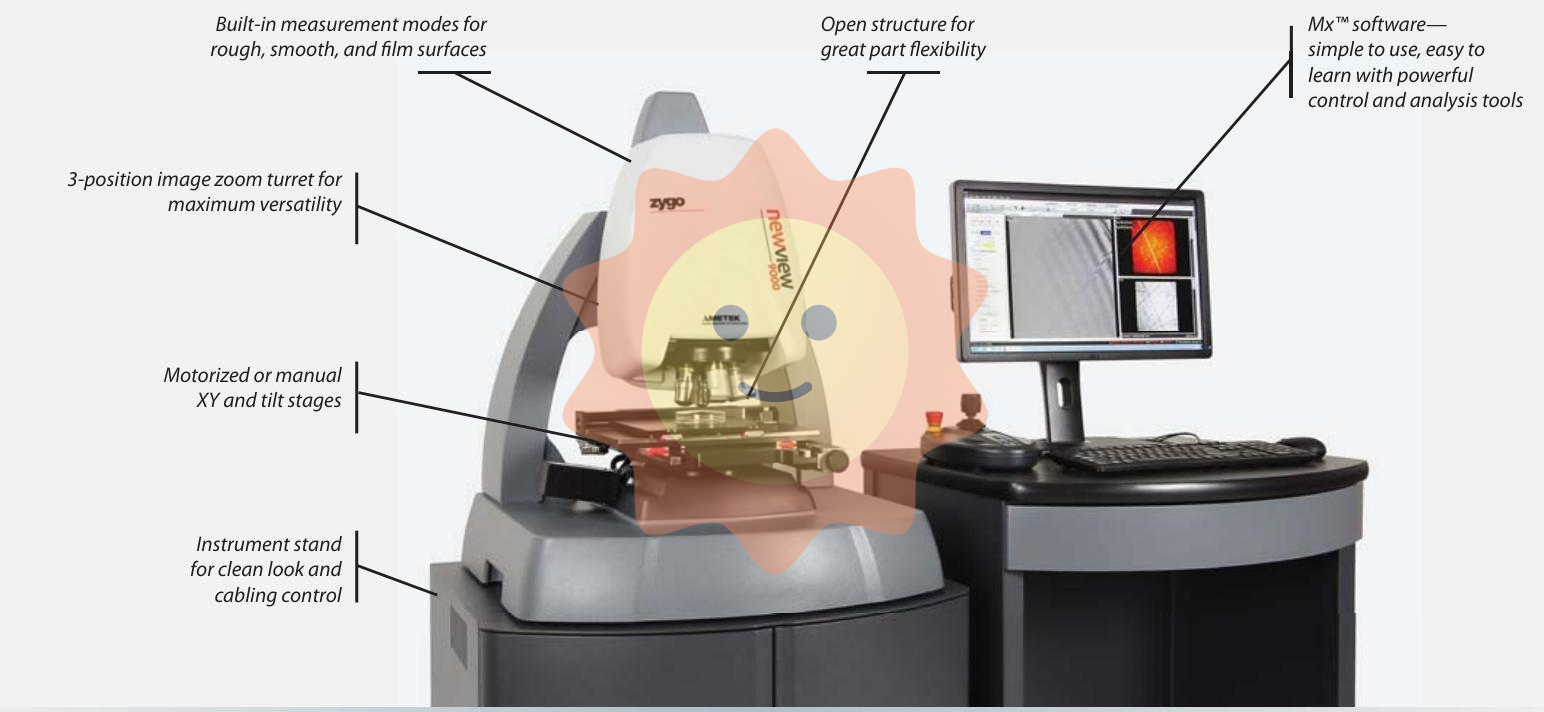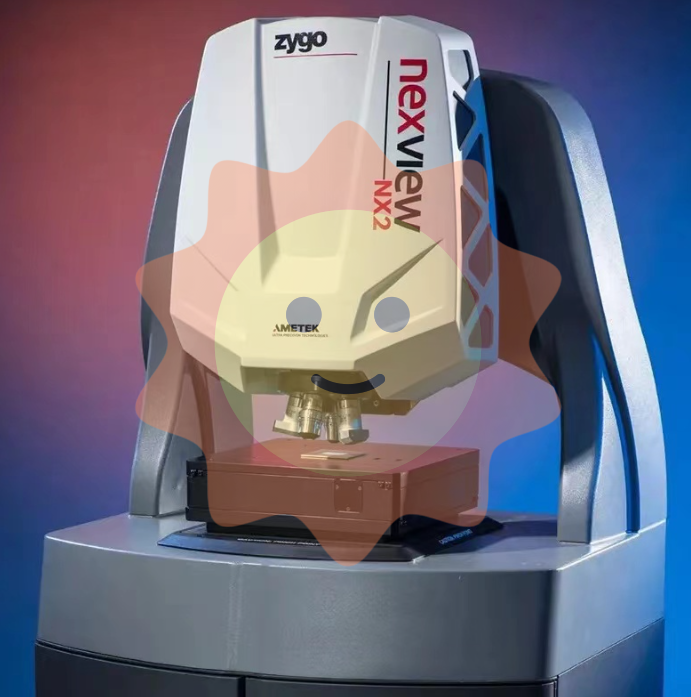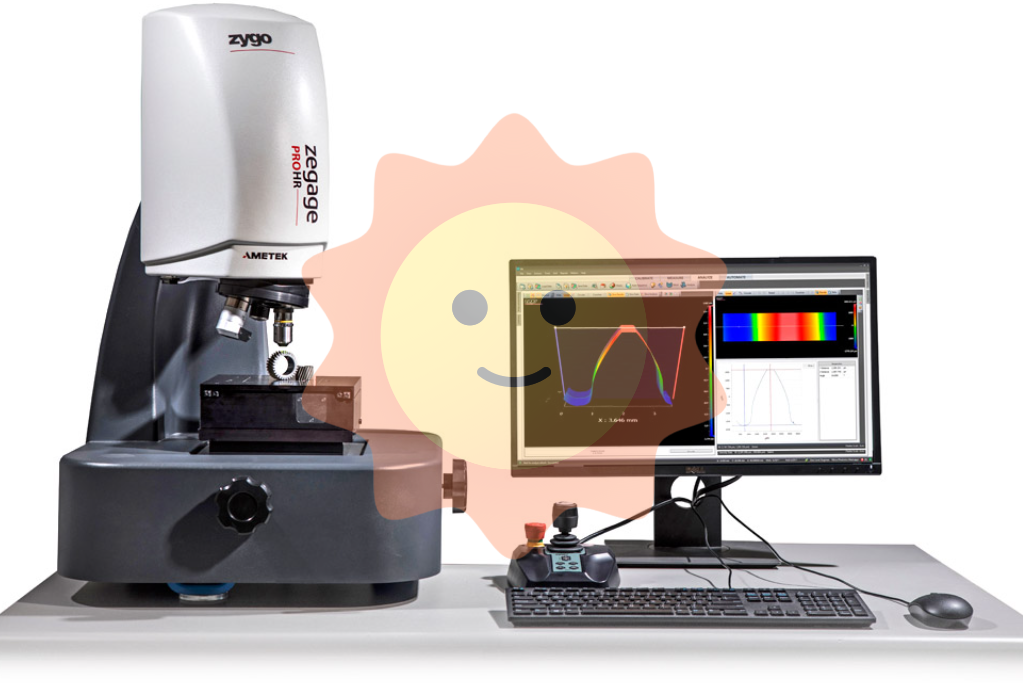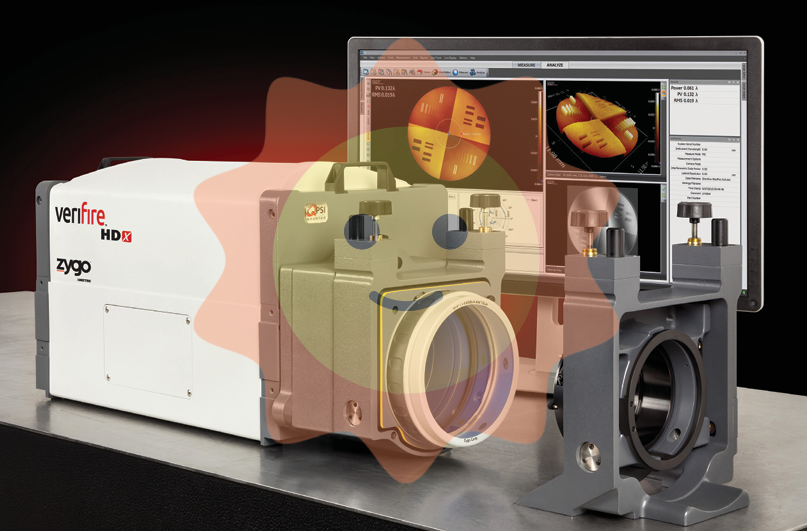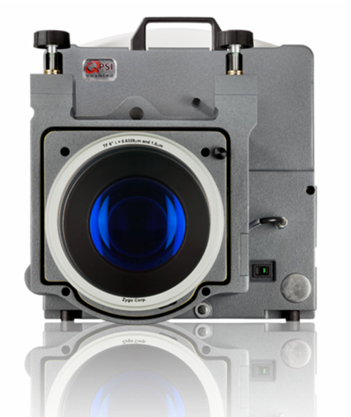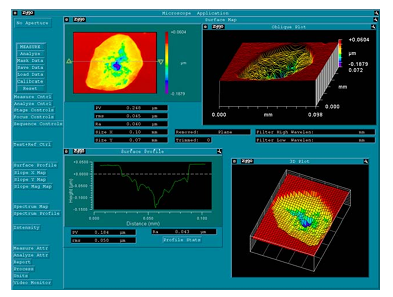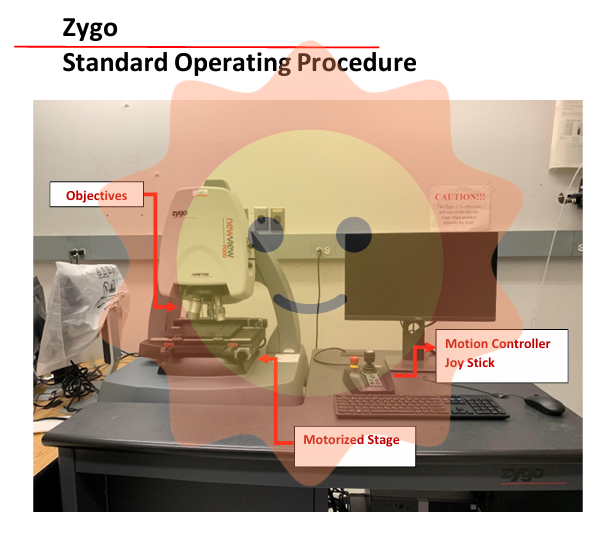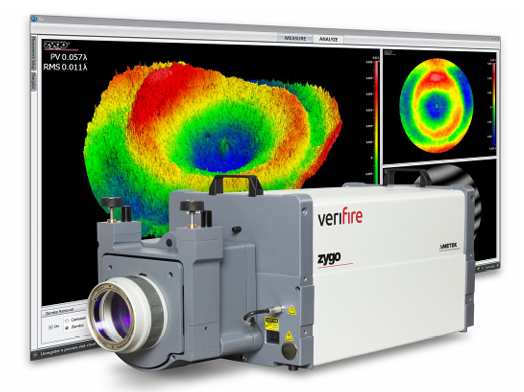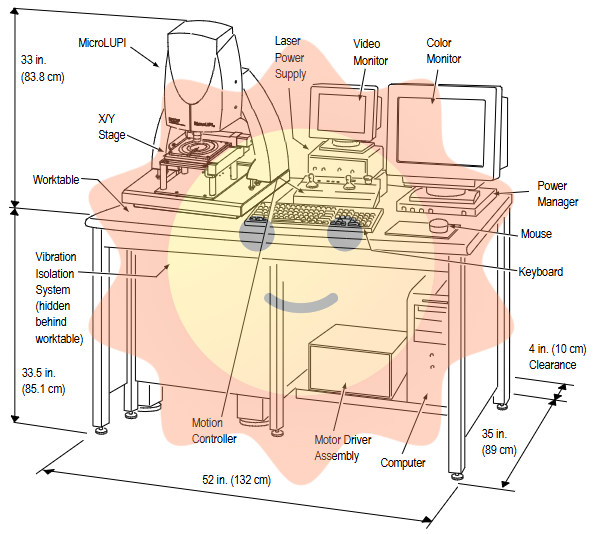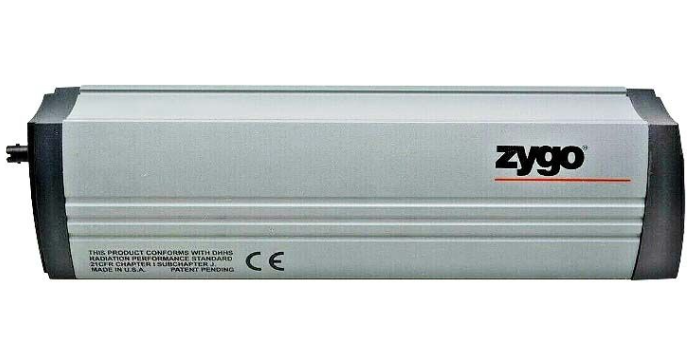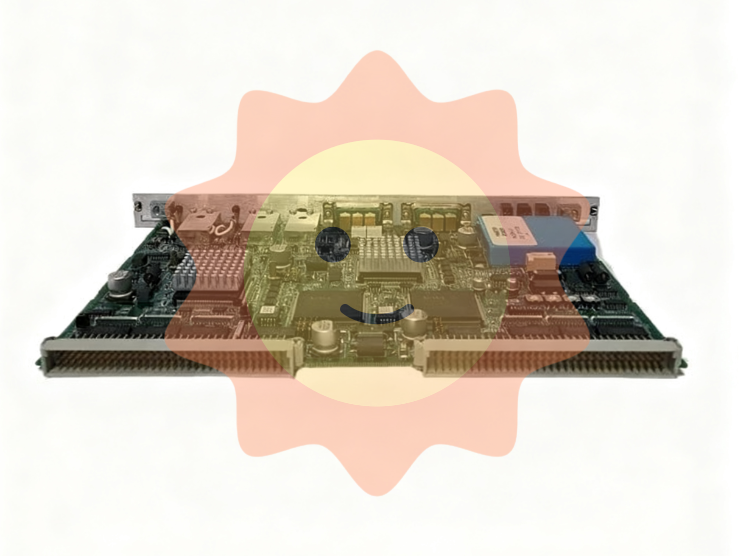The ABB LDSTA-01 63940143B Input/Output (I/O) module is a high-performance distributed I/O unit specially designed by ABB for industrial automation control systems. "LDSTA-01" is the module series model, and "63940143B" is the unique identity code of the product, which is a key component of ABB Advant OCS (Open Control System). The core function of this module is to build a signal transmission bridge between on-site equipment and the central controller. It can accurately collect digital and analog signals from various sensors and instruments, and convert the instructions issued by the controller into execution signals to drive actuators such as valves and motors. It is widely applicable to complex automation scenarios such as process industries and discrete manufacturing.
ABB LDSTA-01 63940143B Input/Output (I/O) Module
Product core positioning
The ABB LDSTA-01 63940143B Input/Output (I/O) module is a high-performance distributed I/O unit specially designed by ABB for industrial automation control systems. "LDSTA-01" is the module series model, and "63940143B" is the unique identity code of the product, which is a key component of ABB Advant OCS (Open Control System). The core function of this module is to build a signal transmission bridge between on-site equipment and the central controller. It can accurately collect digital and analog signals from various sensors and instruments, and convert the instructions issued by the controller into execution signals to drive actuators such as valves and motors. It is widely applicable to complex automation scenarios such as process industries and discrete manufacturing.
Key technical parameters
1. Signal type and channel configuration
Total number of channels: including 16 channels that can be flexibly configured, supporting digital input (DI), digital output (DO), and analog input (AI) function switching, meeting the needs of multiple types of signal processing.
Numerical parameter:
Digital input: Supports 24VDC wet contact signal, response time ≤ 0.1ms, input impedance ≥ 10k Ω, can be adapted for signal acquisition of proximity switches, photoelectric sensors and other devices.
Digital output: 24VDC transistor output, maximum output current of 2A per channel, with short-circuit protection function, can directly drive small relays, indicator lights and other loads.
Analog parameter:
Analog input: Supports 4-20mA current signal, 0-10V voltage signal, resolution of 16 bits, measurement accuracy of ± 0.05%, sampling rate of 100Hz, suitable for continuous monitoring of temperature, pressure, liquid level and other parameters.
2. System and electrical characteristics
Communication protocol: Integrated Profibus DP fieldbus interface, communication speed up to 12Mbps, supports bus redundancy, ensures stability and reliability of data transmission, and can seamlessly communicate with mainstream PLCs such as ABB AC 800M and S7-400.
Power supply and protection: adopting 24VDC wide power supply (18~30VDC), power consumption as low as 3.5W; protection level IP20, with overvoltage, overcurrent, electromagnetic compatibility (EMC) protection capabilities, in compliance with IEC 61000-6-2 industrial standard.
Environmental adaptability: Working temperature range -25 ° C~70 ° C, relative humidity 5%~95% (no condensation), can operate stably in harsh industrial environments such as dust and vibration.
3. Physical and installation parameters
Dimensions: 120mm in length, 80mm in width, and 45mm in height, adopting a compact design to save installation space for the control cabinet.
Installation method: Supports DIN rail (35mm) installation and screw fixation, easy to install and disassemble, convenient for later maintenance and expansion.
Core functions and features
Multi signal compatibility processing: The module can simultaneously process digital and analog signals without the need for additional dedicated modules, reducing system integration costs. For example, in the automotive production line, it is possible to collect digital signals from the position switch of the robotic arm and monitor analog signals from the welding temperature sensor, achieving integrated control.
Intelligent diagnosis and alarm: equipped with multi-color LED status indicators (power, communication, channel faults), supporting the sending of fault information (such as channel short circuit, communication interruption) to the upper computer through the bus, allowing operation and maintenance personnel to quickly locate the fault point and shorten the troubleshooting time.
Hot plug function: supports live plug and unplug operations, replacing modules without shutting down the system, avoiding production interruptions caused by module maintenance, and improving equipment operation continuity. It is especially suitable for industries such as chemical and power industries that require high production continuity.
Redundancy design: Supports communication bus redundancy and power redundancy configuration. When the main communication link or power supply fails, it can automatically switch to the backup link or power supply, ensuring uninterrupted system operation and improving system reliability.
Typical application scenarios
1. Core application areas
Petrochemical industry
Tank level monitoring, pump valve control, reactor temperature and pressure regulation
Collect sensor signals, drive actuators, and achieve precise control of process parameters
Automobile manufacturing
Welding robot control, temperature monitoring of painting production line, component assembly inspection
Process digital switch signals and analog detection signals to ensure stable production processes
Power system
Substation transformer temperature monitoring, circuit breaker status acquisition, reactive power compensation control
Collect electrical parameter signals, control compensation devices, and ensure stable operation of the power grid
Water treatment
Sewage flow monitoring, water quality pH value detection, and dosing pump control
Collect water quality and flow signals, control dosing equipment, and achieve standard discharge
Intelligent warehousing
Stacker crane position detection, shelf cargo status recognition, conveyor start stop control
Collect position and status signals, drive conveying equipment, and improve storage operation efficiency
2. Example of System Integration
In the DCS system of a large chemical enterprise, the ABB LDSTA-01 module is deployed as a field I/O station near the production equipment, and communicates with the ABB AC 800M controller in the central control room through the Profibus DP bus. The module collects signals from 12 temperature sensors (4~20mA) and 8 valve status switches (24VDC) on site, and outputs 6 control signals to drive regulating valves and pump groups, achieving real-time monitoring and precise control of the chemical production process, effectively improving production efficiency and product quality.
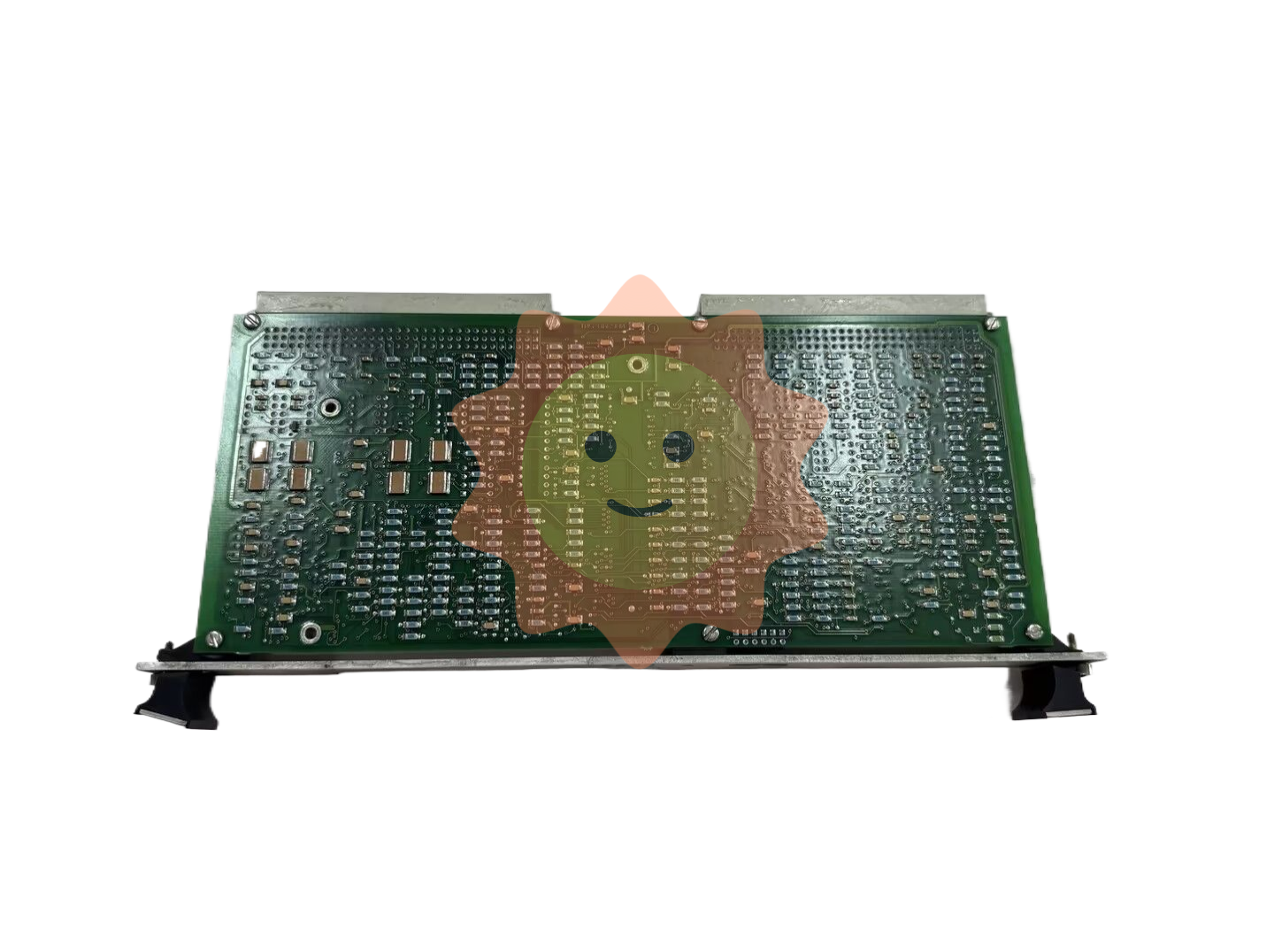
- User name Member Level Quantity Specification Purchase Date
- Satisfaction :
-









Email:wang@kongjiangauto.com

